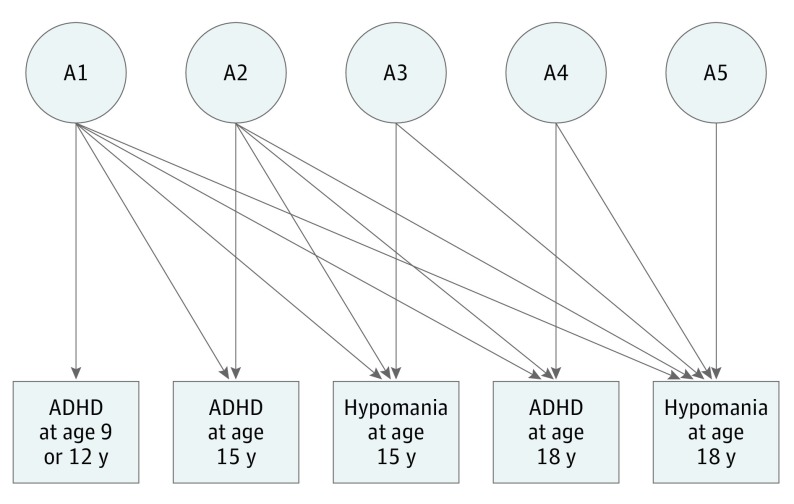Attention-deficit/hyperactivity disorder and hypomanic symptoms appear to be associated with similar genetic factors.
More than a quarter of the genetic risk factors for adolescent hypomanic traits were also associated with ADHD symptoms in childhood and adolescence, with hypomania-specific genetic risk factors detected. These findings suggest that ADHD and hypomanic symptoms are associated with shared genetic factors, which should be the focus of further research.


